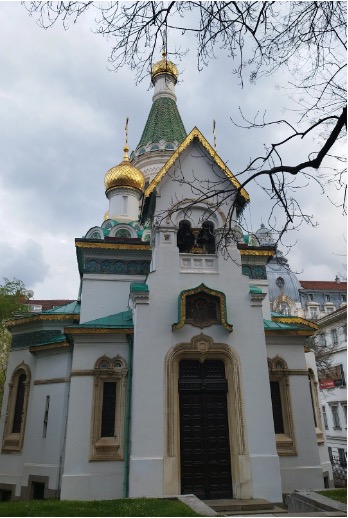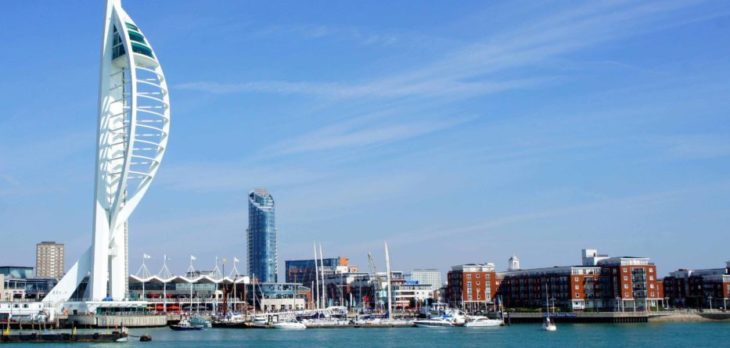As summer approaches, Sofia comes to life during the beautiful Bulgarian spring. After a long and gloomy winter, visitors will be greeted with colourful blossoms, city activities, and various national holidays that make the country even more enchanting. There’s no better place to find an exciting extended weekend trip or spring getaway than this vibrant capital city.
March 1st – Baba Marta & Martenitsa
At the beginning of March, Bulgarians celebrate the end of winter with their beloved and age-old Baba Marta and Martenitsa tradition. During this festive season, the streets are filled with red and white decorations, whether they are in the form of cute little martenitsa dolls or colourful decorations. Vendors selling martenitsa dolls can be found across Sofia from winter’s start, but the city’s celebrations come to a peak when everyone gives, receives and wears these traditional dolls on the first of March. As Bulgarians joyously proclaim, “Happy Grandma March!”
From vibrant colours to lively festivities, Sofia during springtime encapsulates the very essence of Bulgaria – vibrant, characterful and truly enchanting.
March 3rd – Liberation Day
In Bulgaria, Liberation Day is a national holiday and the streets are full of national flags. Celebrations include flag hoisting, military and folkloric traditions, concerts, and fireworks. Various Bulgarian cities and towns also host parades and theatrical performances.
The day is something of a special occasion in Bulgaria, with both young and old keen to mark their independence with celebration and joy. The historical importance of the day is also marked in Bulgaria as they remember their independence from the Ottoman Empire.
Easter
Another popular Bulgarian spring holiday is Easter, which is celebrated in April. On Easter morning, bells chime throughout Bulgaria as Christians take to the streets to walk and celebrate the resurrection of Christ. Later in the day, churches and many homes offer egg-tapping challenges, as well as a traditional kozunak (sweet, egg-shaped bread).
May 1st – Labour Day
Every year on May 1st, Bulgarians pause from their busy lives to celebrate Labour Day. Despite the fact that traditionally this day was celebrated with much more enthusiasm in the past, Labour Day still remains one of the major holidays of the year.
May 6th – St George’s Day
St George is the patron saint of the Bulgarian army and one of the most revered saints in the country.
May 24th – St Cyril and St Methodius – Day of the Cyrillic Alphabet
The country prides itself in being the birthplace of the cyrillic script which is nowadays used by many in Eastern Europe and Asia. Celebrations are typically held in front of the National Library in Sofia.
Discovering Sofia
The best way to get to know Sofia is doing tours, paid tours, free tours, solo tours, as long as you walk around the city and take interest in visiting the churches, museums and monuments, you will learn its history.
St. Alexander Nevski Cathedral
The cathedral is not just a great building but an important symbol of Sofia (Bulgaria).

Saint Nicholas Russian Church
It was built as the official church of the Russian Embassy, which was located next door, and of the Russian community in Sofia, and was named, as was the tradition for diplomatic churches, for the patron saint of the Emperor who ruled Russia at the time, Nicholas II of Russia.
And in honour of the Russian soldiers who decided to live in Sofia after the liberation.

Vitosha Boulevard
Anywhere you go in Sofia someway or another you will end up on Vitosha Boulevard, a street with good food and a pleasant atmosphere.
My Experience
I certainly had a lot of fun in Sofia, living with friends, trying new things everyday, getting to know such a beautiful place with such rich history and culture, it was an unforgettable experience. I surely hope to come back to Bulgaria someday.
Article and pics by Dillon Elliot Alves Mcmullan, intern at ETN Business Lab



















